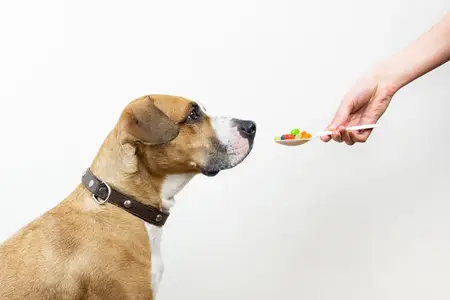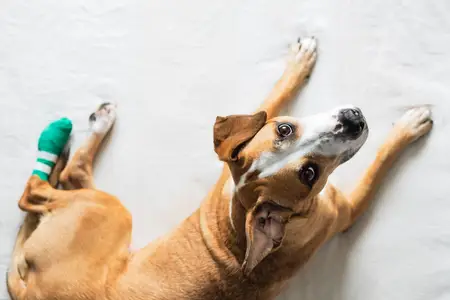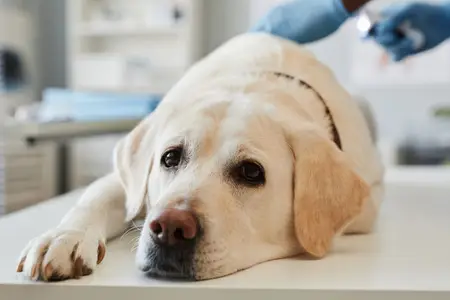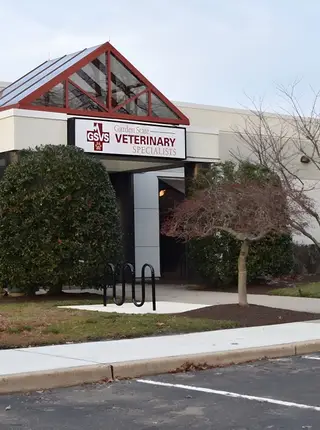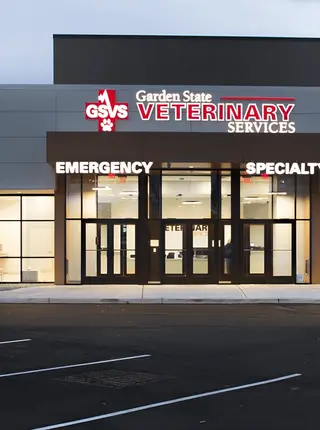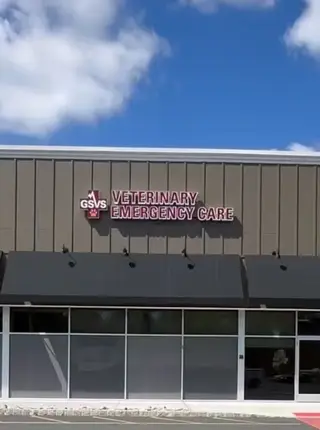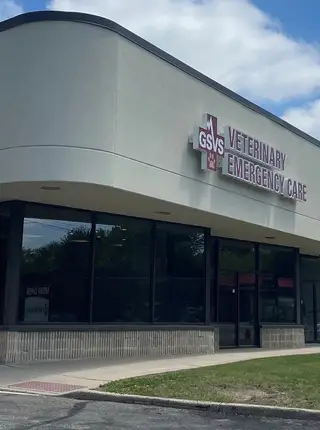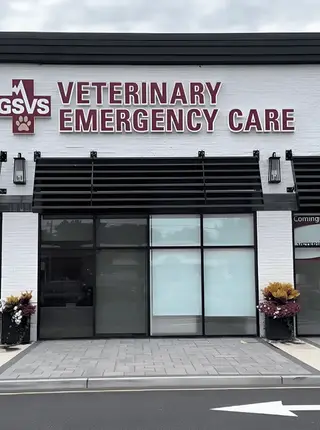Finding your cat chewing on plastic bags, electrical cords, or fabric isn't just annoying—it could signal pica in cats, a potentially dangerous condition. Pica drives cats to eat non-food items that can cause serious health problems or even become life-threatening emergencies.
Knowing when your cat's strange eating habits require immediate veterinary attention could save their life. Let's explore what pica in cats looks like, why it happens, and most importantly, when you need to seek emergency care.
Top Questions About Pica in Cats
What exactly is pica in cats?
Pica in cats is when cats chew and swallow non-food items like fabric, plastic, paper, or electrical cords. This behavior ranges from occasional nibbling to dangerous consumption that can lead to life-threatening blockages in their digestive system. Some cats may only chew items while others actually swallow them, creating different levels of risk.
How can I tell if my cat's chewing behavior is an emergency?
Occasional curious chewing might be normal exploratory behavior, especially in kittens. It becomes an emergency when your cat has swallowed objects and shows signs like repeated vomiting, low energy, or stomach pain. If your cat is gagging, drooling excessively, or having trouble breathing after chewing something, seek veterinary care right away.
What items are most dangerous for cats with pica?
String-like objects (yarn, thread, dental floss) are particularly dangerous as they can cause the intestines to bunch up or tear. Plastic bags, small toys, and electrical cords also pose serious risks. Certain plants or household chemicals can be toxic if chewed. Any object that could cause a blockage or contains harmful substances requires quick veterinary attention.
Why Does Pica in Cats Happen
Pica can happen due to nutritional deficiencies, stress, anxiety, or simply boredom. Some breeds like Siamese, Burmese, and Oriental cats are more likely to develop this behavior. Cats weaned too early may develop wool-sucking behaviors that can progress to actual ingestion. Medical conditions can sometimes trigger pica behaviors, which is why a veterinary exam is important to rule out underlying health issues.
Spotting Mild Cases
Mild pica often shows up as occasional chewing or licking without swallowing non-food items. Your cat might show interest in certain textures but stop before actually eating them. These cats typically maintain normal eating habits and energy levels. While mild cases still warrant discussion with your veterinarian, they don't usually require emergency care unless the behavior suddenly gets worse.
Recognizing Serious Cases
Serious pica cases involve actual consumption of non-food items, putting cats at high risk for stomach blockages. Watch for repeated vomiting, straining during bowel movements, or lack of stool production. Low energy, refusing to eat, and visible stomach discomfort indicate potential blockages requiring quick care. Cats that have ingested string or yarn face particularly dangerous situations as these can cause intestinal damage.
What To Do
Step 1: Remove dangerous items
Clear your cat's environment of any objects they might continue to chew or swallow. Store wool, plastic bags, electrical cords, and small toys out of reach. Create a safe room with minimal temptations if you need to contain your cat temporarily. This prevents additional ingestion while you assess the situation.
Step 2: Check your cat's symptoms
Look for signs of stress such as repeated vomiting, difficulty breathing, or stomach pain. Note when the pica behavior happened and what was ingested if you know. Watch for changes in litter box habits, as straining can indicate a developing blockage. This information will help veterinary staff determine how urgent the situation is.
Step 3: Call a veterinary clinic
Call a veterinary clinic if your cat shows concerning symptoms after a pica episode. Describe what was ingested and any symptoms you've noticed. Ask whether you should bring your cat in right away or monitor at home. Don't delay seeking help if your cat shows signs of stress or has ingested something potentially dangerous.
Potential Life-Threatening Conditions
Stomach blockages from ingested objects can quickly become life-threatening as they prevent food and water from passing through the digestive tract. Toxicity from chewed items can cause organ damage. Linear foreign bodies like string can cause the intestines to bunch up or even tear, leading to dangerous infections. These conditions require quick veterinary help to prevent serious complications.
Helping Your Pet Before the Vet Visit
Step 1: Prevent more chewing
Keep your cat in a cleared space without access to more chewable objects. Remove all items similar to what was already ingested. This prevents your cat from consuming more harmful materials while you prepare for veterinary care. Don't try to make your cat vomit unless specifically instructed by a veterinarian.
Step 2: Offer small amounts of water
If your cat isn't actively vomiting, you may offer small sips of water to prevent dehydration. Call your veterinary clinic for guidance on whether to withhold food until examination. Never force food or water if your cat is showing signs of stress or vomiting.
Step 3: Watch for changing symptoms
Monitor your cat closely for any changes while preparing for veterinary care. Note any new symptoms like increased low energy, vomiting, or breathing difficulties. Report these changes to the veterinary team when you arrive or call ahead if symptoms get significantly worse.
Preventing Future Pica
Enriching your cat's environment with appropriate toys, climbing structures, and interactive play sessions can reduce boredom-related pica. Provide regular meals with high-quality food to address potential nutritional needs. Consider puzzle feeders to engage your cat's natural hunting instincts. Reduce household stress by maintaining consistent routines and providing safe hiding spaces for your cat.
We're Here to Help
Our hospitals provide care when pica leads to serious complications. We understand the stress of emergency situations and work to provide quick assessment and treatment options.
If you notice mild pica behaviors without stress, scheduling an appointment with your primary veterinarian is appropriate. For severe symptoms like repeated vomiting, low energy, or signs of blockage, call an emergency veterinary hospital right away. If you're not sure, call us — we can talk you through the situation.
Key Takeaways
- Quick action is needed if your cat shows signs of stress after ingesting non-food items.
- Remove all items that could be ingested, then call a veterinary clinic for advice.
- Mild cases without ingestion may only require monitoring, while severe symptoms indicate the need for immediate veterinary attention.
The information contained in the article is for informational purposes only and is not intended to take the place of the advice of a veterinarian.
